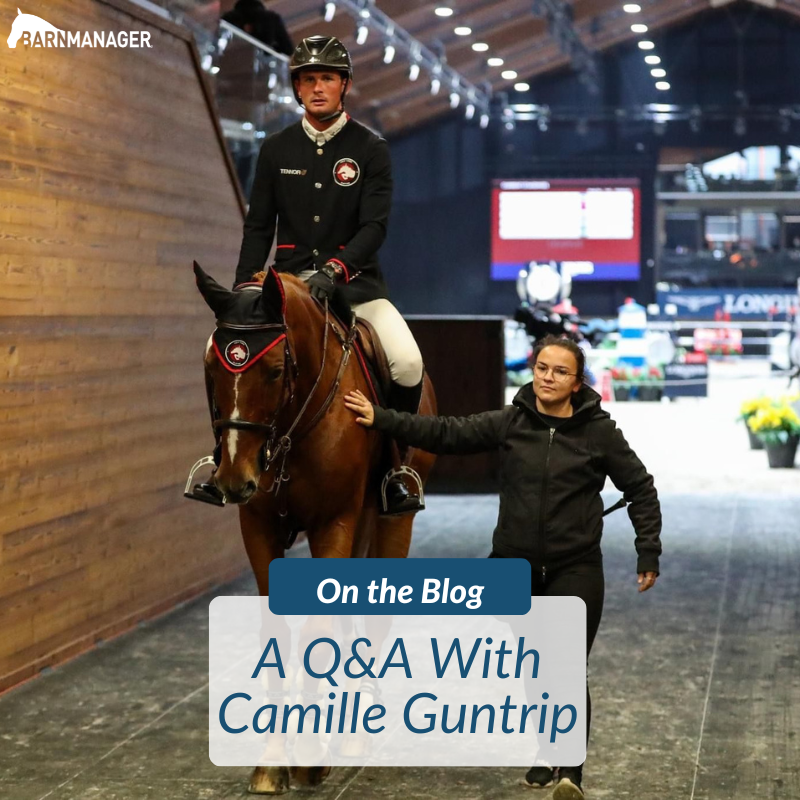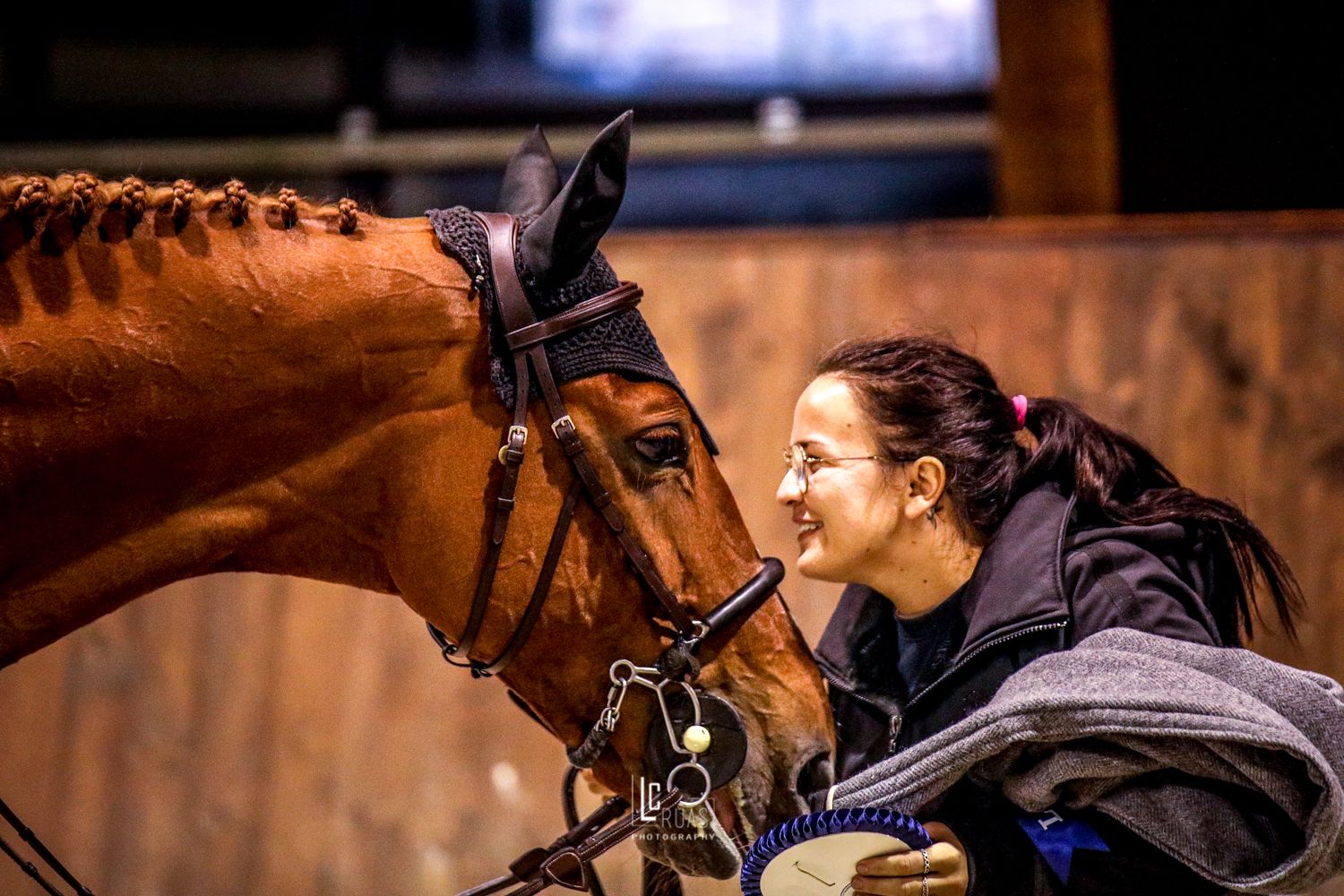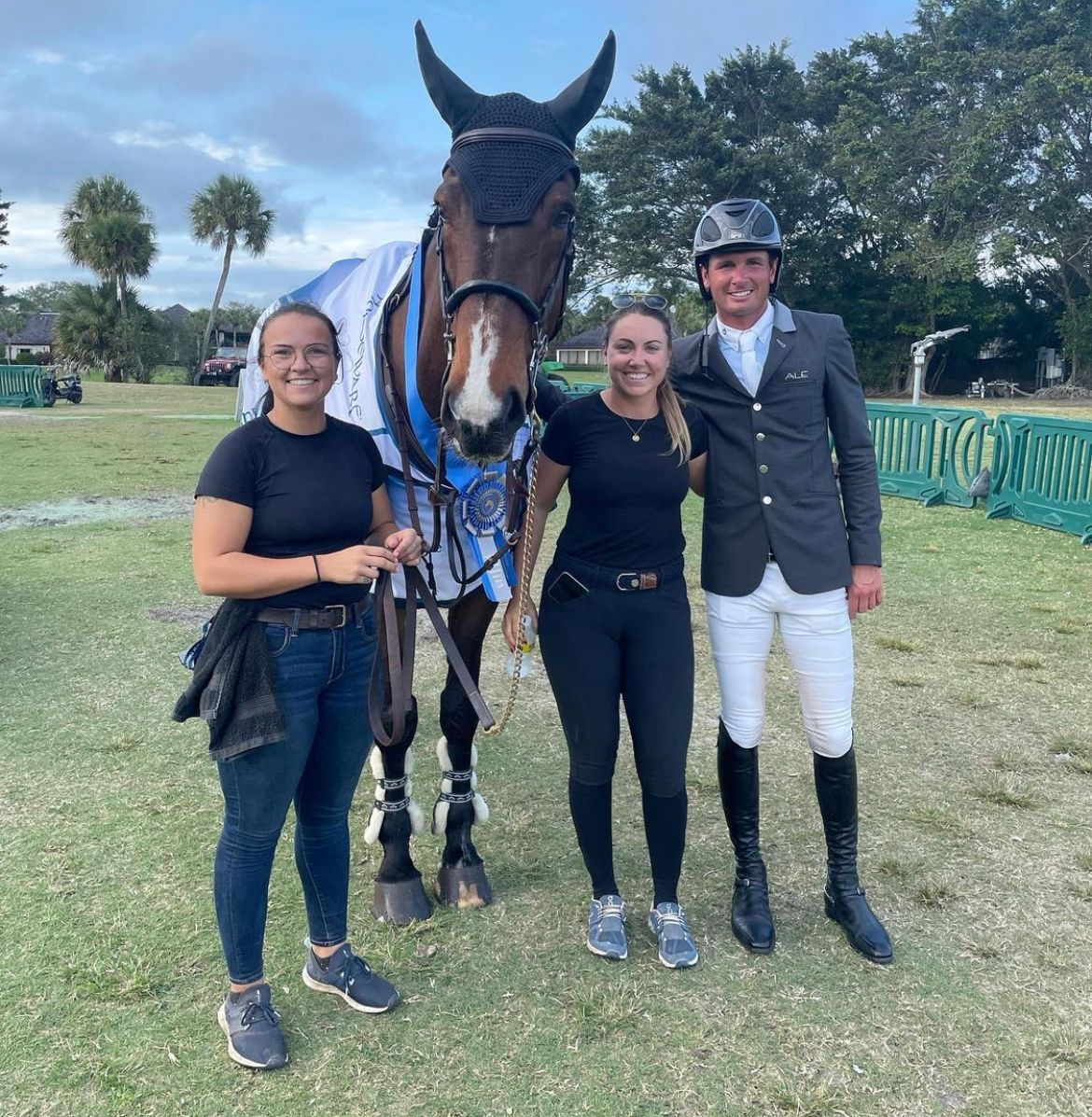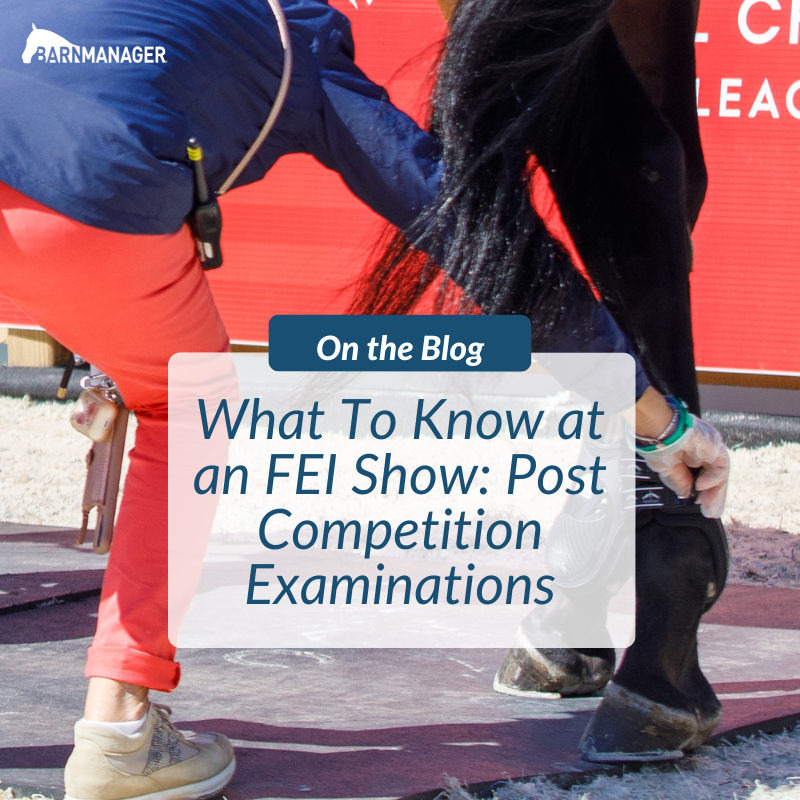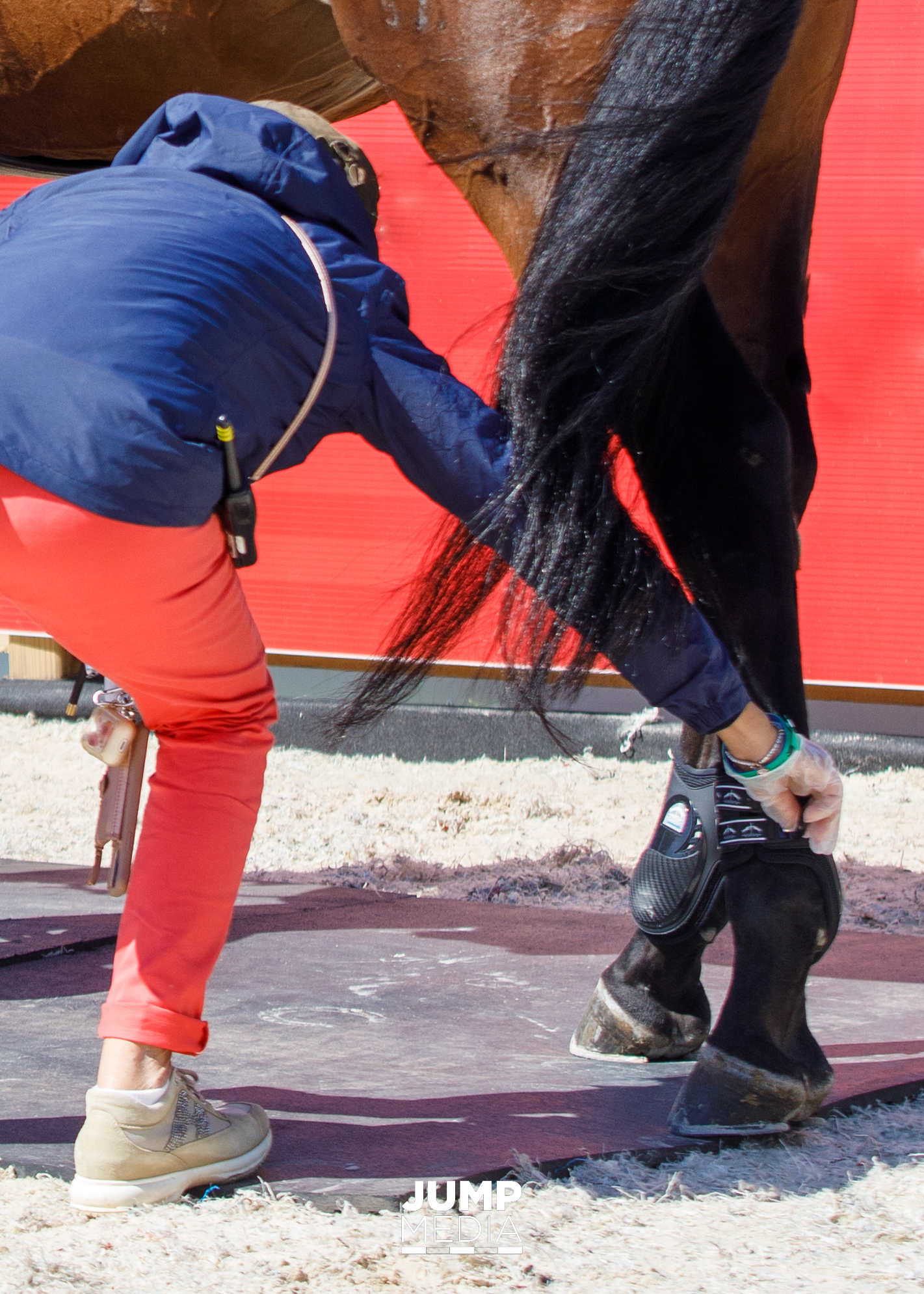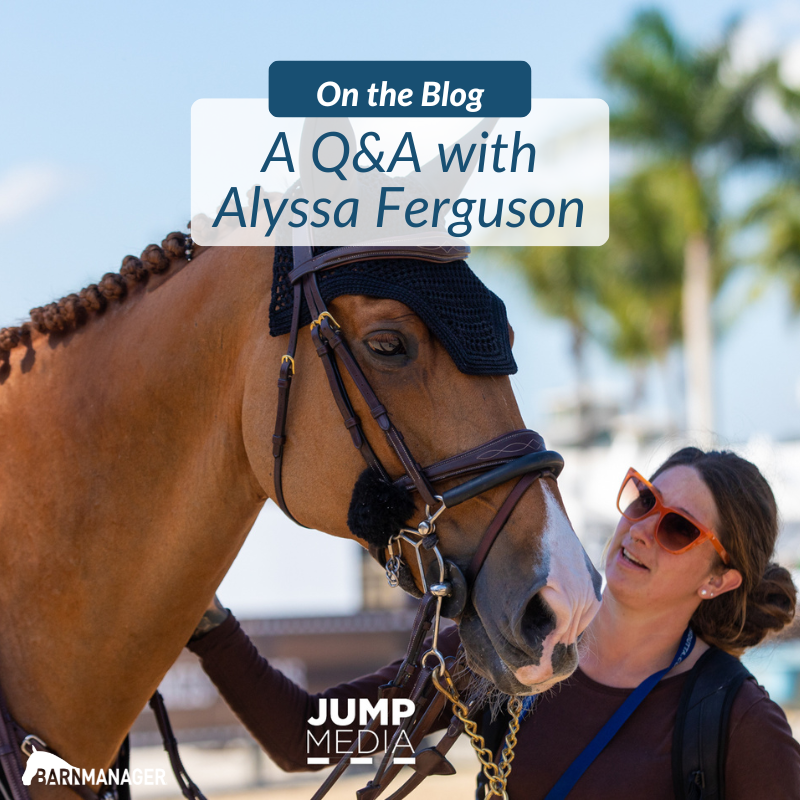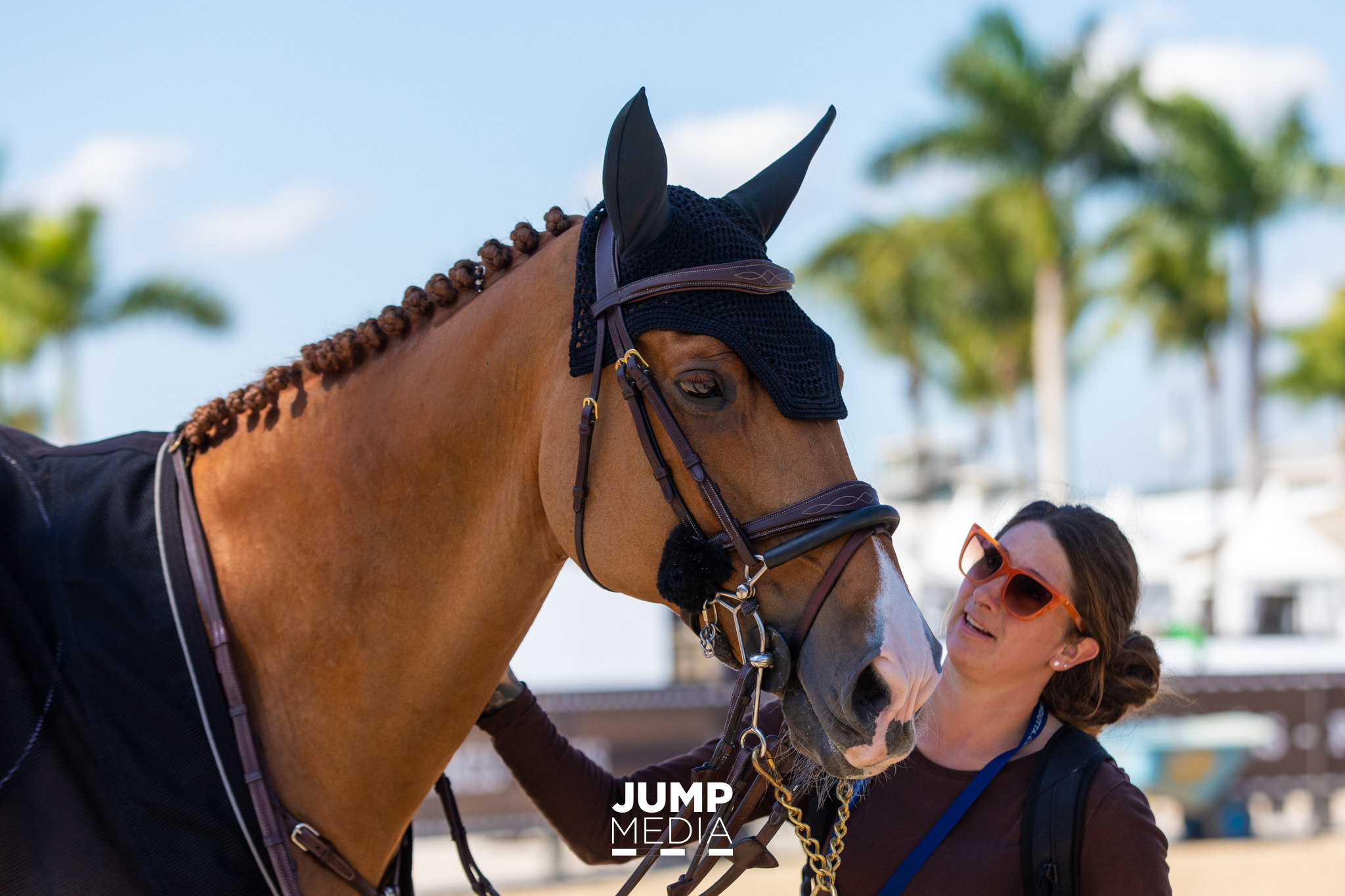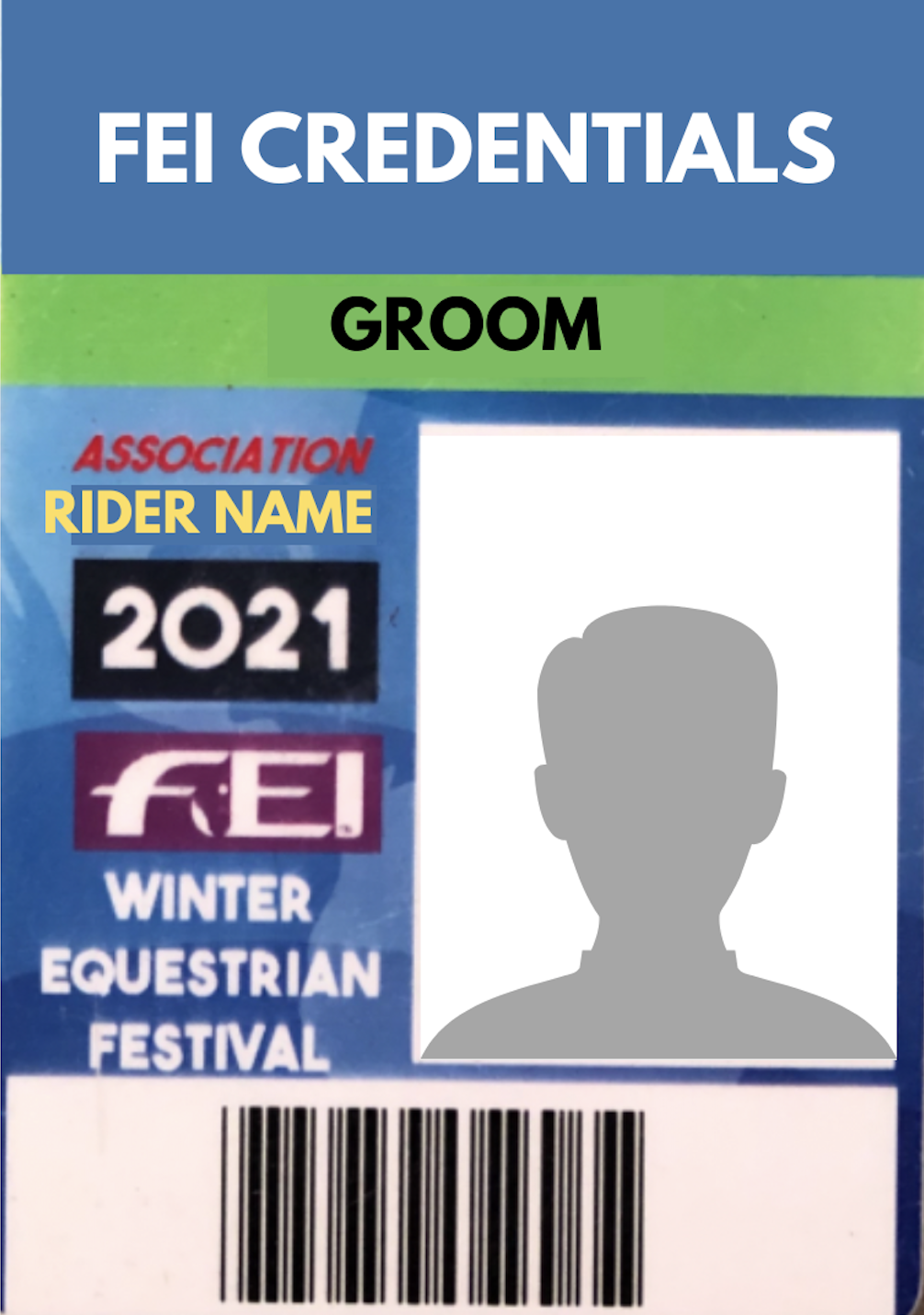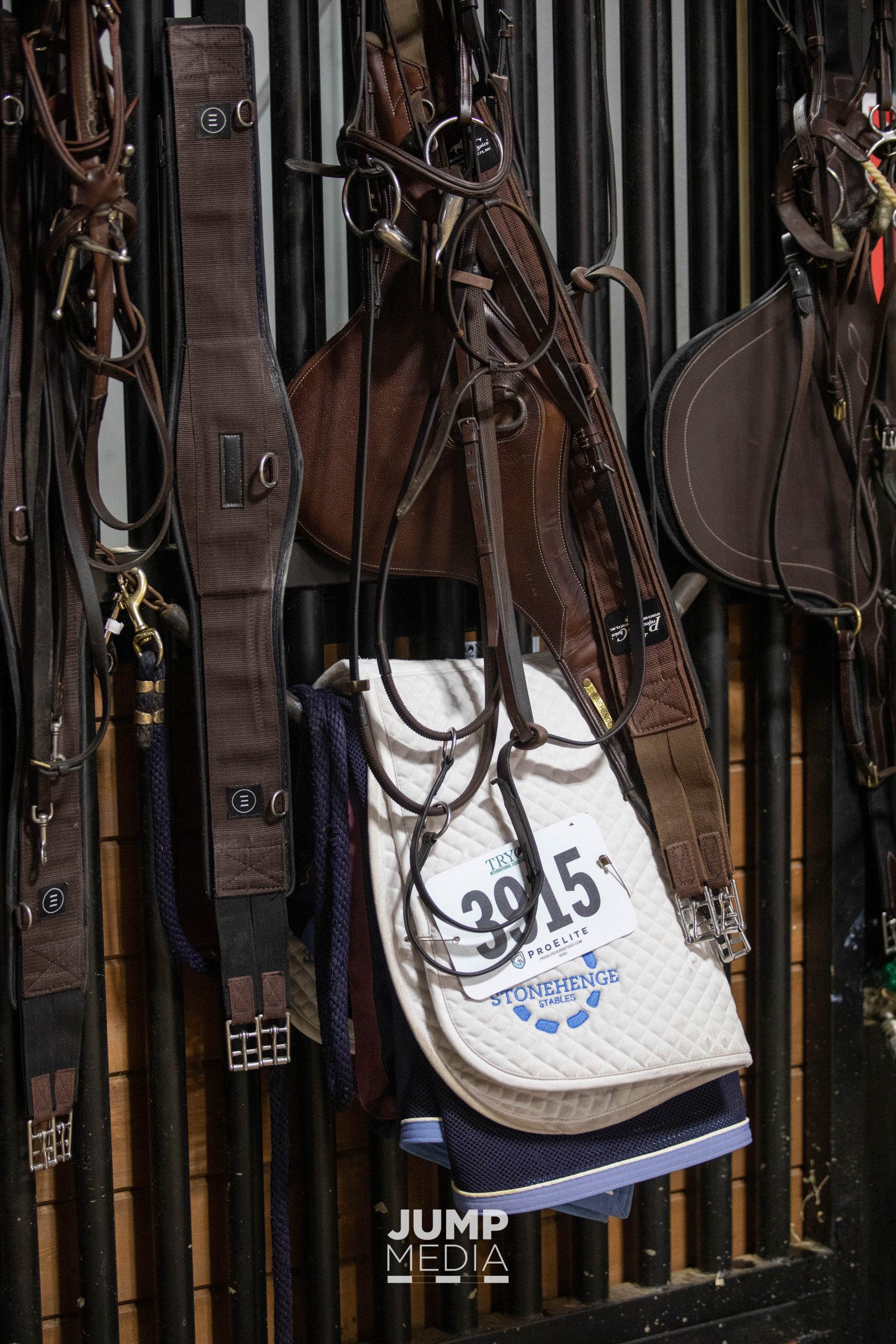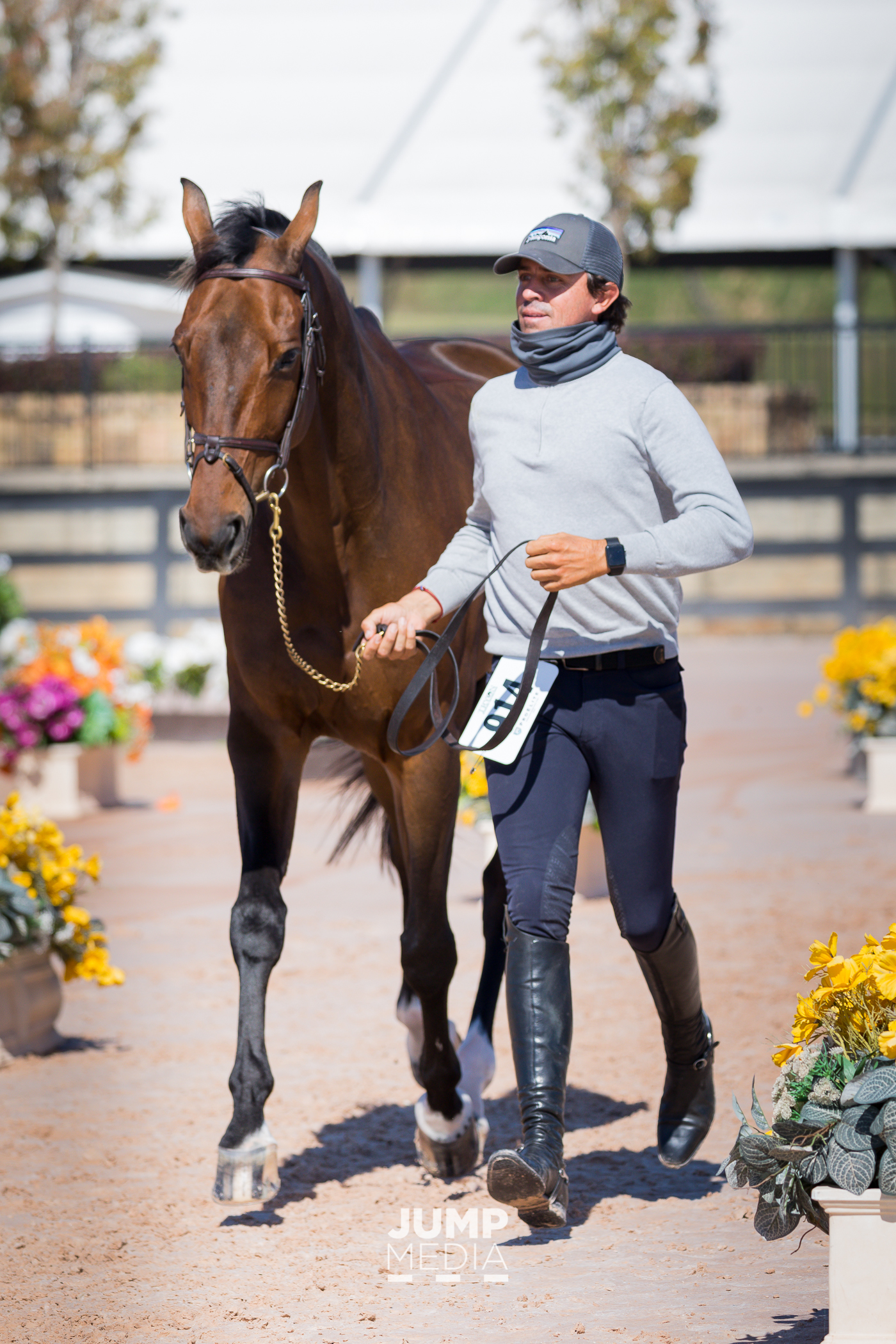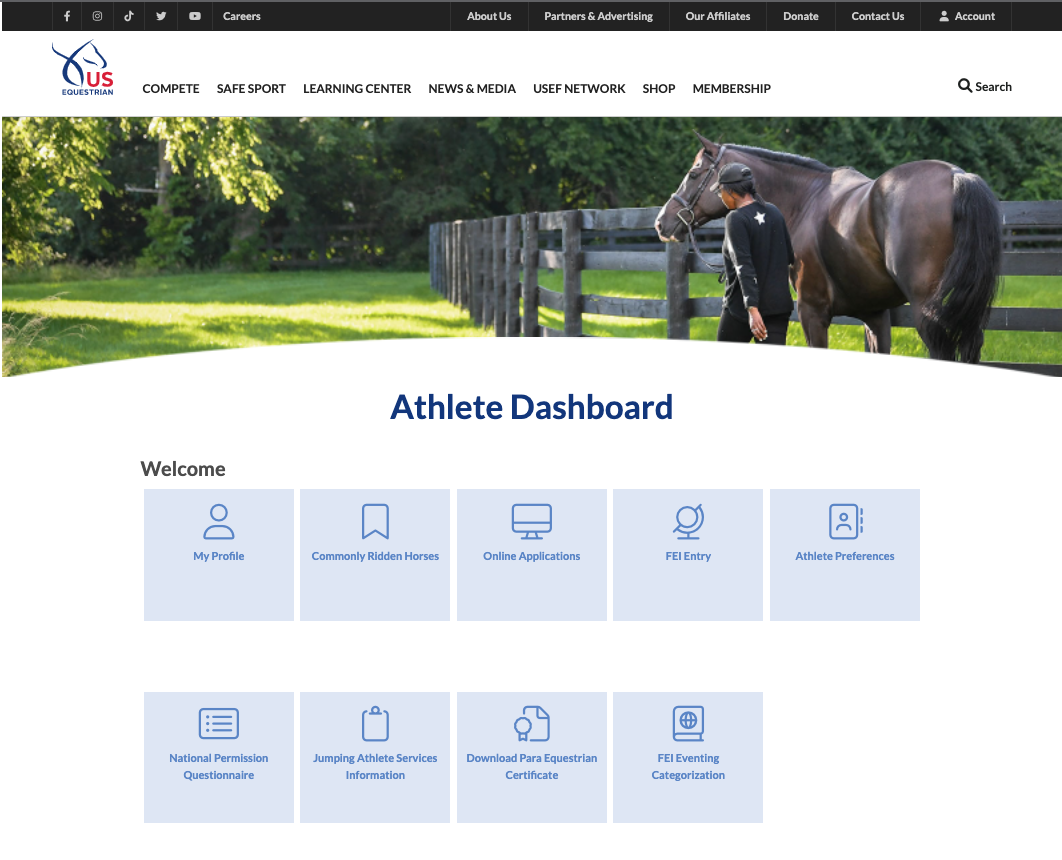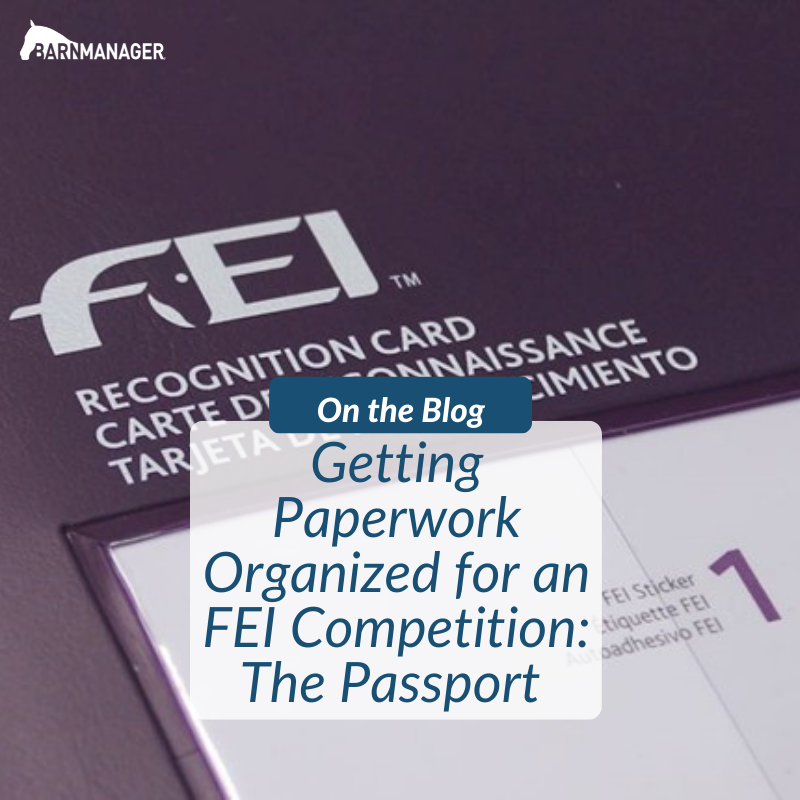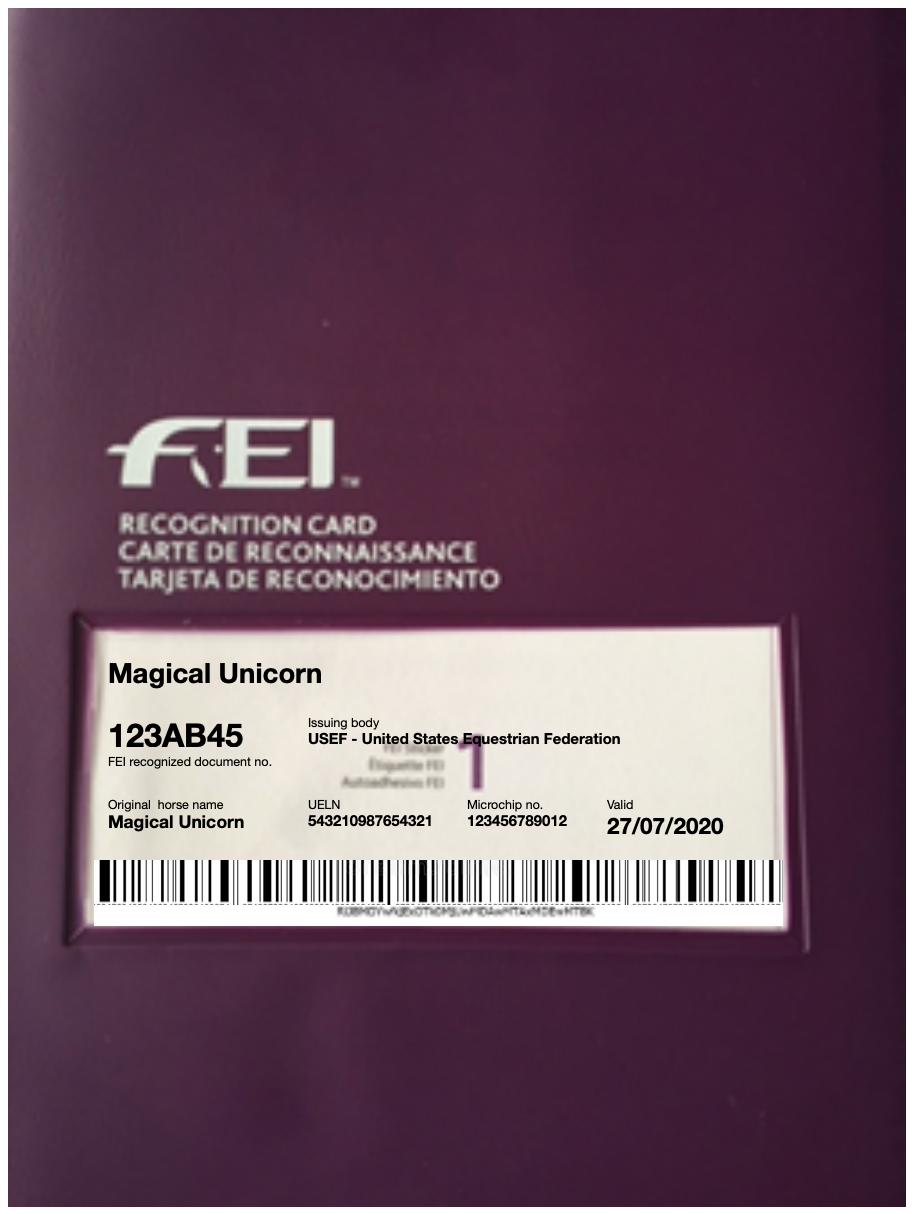As the year comes to a close, many enjoy the tradition of reflecting back on favorite moments. BarnManager caught up with three grooms and managers to share their highlights from the 2022 horse show season.
Caroline McLeese
Rider, Manager, and Assistant Trainer for Double H Farm, located in Ridgefield, CT, and Wellington, FL

Photo courtesy of Caroline McLeese
What was your favorite memory of 2022?
I had the opportunity to show one of Quentin Judge’s horses, HH Qualido, in a national grand prix at Old Salem Farm in North Salem, NY, this spring. We ended up double clear and third, which was an exciting result for our first bigger class together. McLain Ward won, and Rodrigo Pessoa was second, and being in the ring for awards with two riders who I have looked up to for my entire riding career made it even more special. On top of that, the whole Double H team had quite a busy day between showing and getting a few horses to the airport, and I was super impressed with how everyone kept things moving. It was one of those rare days where everything came together just how it was meant to!
What are you most looking forward to in 2023?
I have a horse to jump some two-star FEI classes with this year, Moncler van Overis. I’m really excited to keep getting to know him and see where we go together.
Stephanie Nell
Groom for Amethyst Equestrian, located in North Salem, NY, and Wellington, FL

Photo by Sportfot
What was your favorite memory of 2022?
My favorite horse show memory from 2022 was from the beginning of the year when Rodrigo Pessoa and Lord Lucio finished seventh in the $216,000 NetJets Grand Prix CSI4* during Saturday Night Lights at the Winter Equestrian Festival in Wellington, FL. Lord Lucio is one of my favorite horses to take care of, so it was a very special night. I also love the exciting atmosphere during the Saturday Night Light classes.
What are you most looking forward to in 2023?
I am excited to now be grooming for Rodrigo and Alexa Pessoa’s student, Maison McIntyre. Maison is a junior rider who has a lovely string of horses ranging in different competition levels. This summer we are going to Europe to compete, so I’m really looking forward to that trip.
Kimberly Graves
Former Groom for John French, located in Wellington, FL
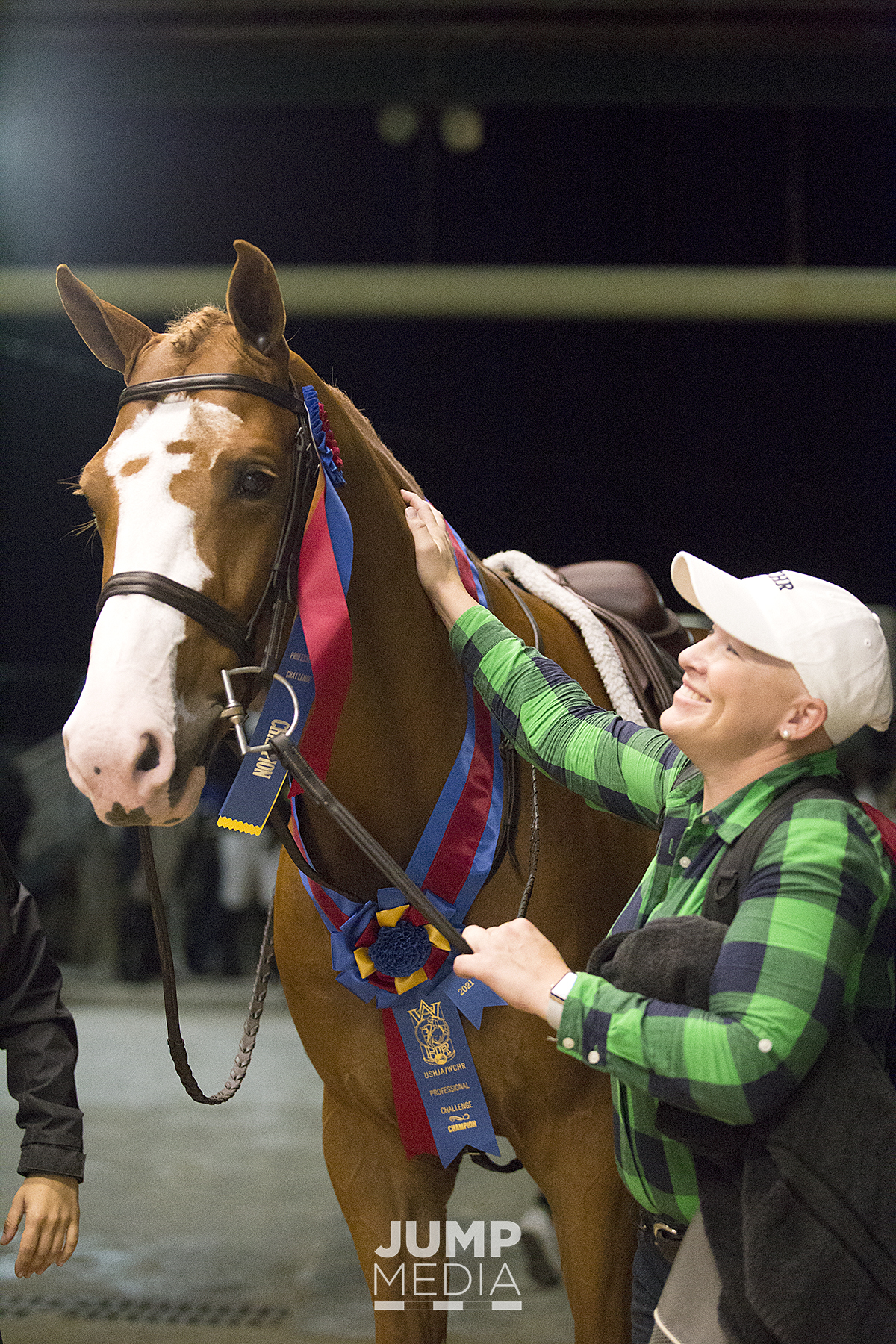
Photo by Jump Media
What was your favorite memory of 2022?
My favorite memory of 2022 would definitely be World Champion Hunter Rider (WCHR) week at the Winter Equestrian Festival in Wellington, FL. The $100,000 United States Hunter Jumper Association/WCHR Peter Wetherill Palm Beach Hunter Spectacular night class lived up to its name. It was truly spectacular. I had two horses in the class, Babylon and Milagro. They are both young and promising horses. It was my first time grooming horses for the class. I have watched this class in person and on live stream since it was available, and I have followed the sport and hunters since I was nine years old. I always dreamed of being a part of this night with a special horse or rider, and this year that dream came true. John French rode Babylon to an eighth-place finish that night for owners Ariana Marnell and Marnell Sport Horses. Just taking care of a special horse that qualified for that class was a check off my bucket list. I also had the honor of accepting the Mark Gregory Award for the best-conditioned horse of the first round of the class for Babylon and Marnell Sport Horses. That was the icing on the cake. I always take great pride in making sure the horses I care for are healthy, happy, and shiny!
What are you most looking forward to in 2023?
I’m looking forward to starting a new chapter in 2023. I’ll be looking to find a new team to join in the new year. I’m also looking forward to checking more boxes off my bucket list like going to Devon and all of the indoor shows.
Have questions about utilizing BarnManager or want to give it a try for yourself? Request a live demo here!

